Find the vertex, the y-intercept, and the x-intercepts (if any exist), and graph the function.y = 9x2 - 18x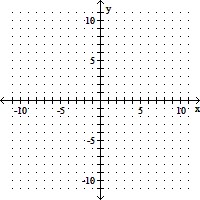
A. vertex (9,-18);
x-int: (0, 0) and (9, 0);
y-int: (0, 0)
B. vertex (1,-9);
x-int: (0, 0) and (2, 0);
y-int: (0, 0)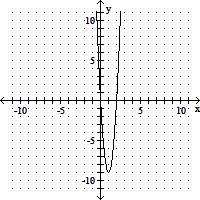
C. vertex (2,-18);
x-int: (0, 0) and (1, 0);
y-int: (0, 0)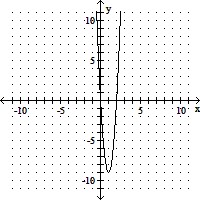
D. vertex (-1,-9);
x-int: (0, 0) and (-2, 0);
y-int: (0, 0)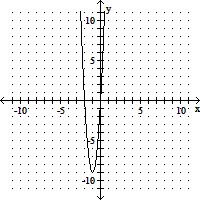
Answer: B
You might also like to view...
Solve the problem.From a thin piece of cardboard 40 in. by 40 in., square corners are cut out so that the sides can be folded up to make a box. What dimensions will yield a box of maximum volume? What is the maximum volume? Round to the nearest tenth, if necessary.
A. 13.3 in. by 13.3 in. by 13.3 in.; 2370.4 in.3 B. 20 in. by 20 in. by 10 in.; 4000 in.3 C. 26.7 in. by 26.7 in. by 6.7 in.; 4740.7 in.3 D. 26.7 in. by 26.7 in. by 13.3 in.; 9481.5 in.3
The graph of the derivative  (x) of a continuous function f is shown. On what intervals is f decreasing?
(x) of a continuous function f is shown. On what intervals is f decreasing?
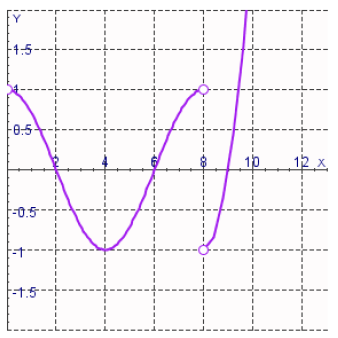
Solve the system of equations using substitution.
A. x = 0, y = 2; x = 2, y = 0 or (0, 2), (2, 0) B. x = 2, y = -2; x = -2, y = -2 or (2,-2), (-2, -2) C. x = 0, y = 0; x = 2, y = -2 or (0, 0), (2, -2) D. x = 0, y = -2; x = -2, y = 0 or (0, -2), (-2, 0)
Solve the triangle.b = 18, c = 32, A = 81°
A. No triangles possible B. a ? 34.2, B ? 31.4°, C ? 67.6° C. a ? 36.6, B ? 31.4°, C ? 67.6° D. a ? 36.6, B ? 35.4°, C ? 63.6°